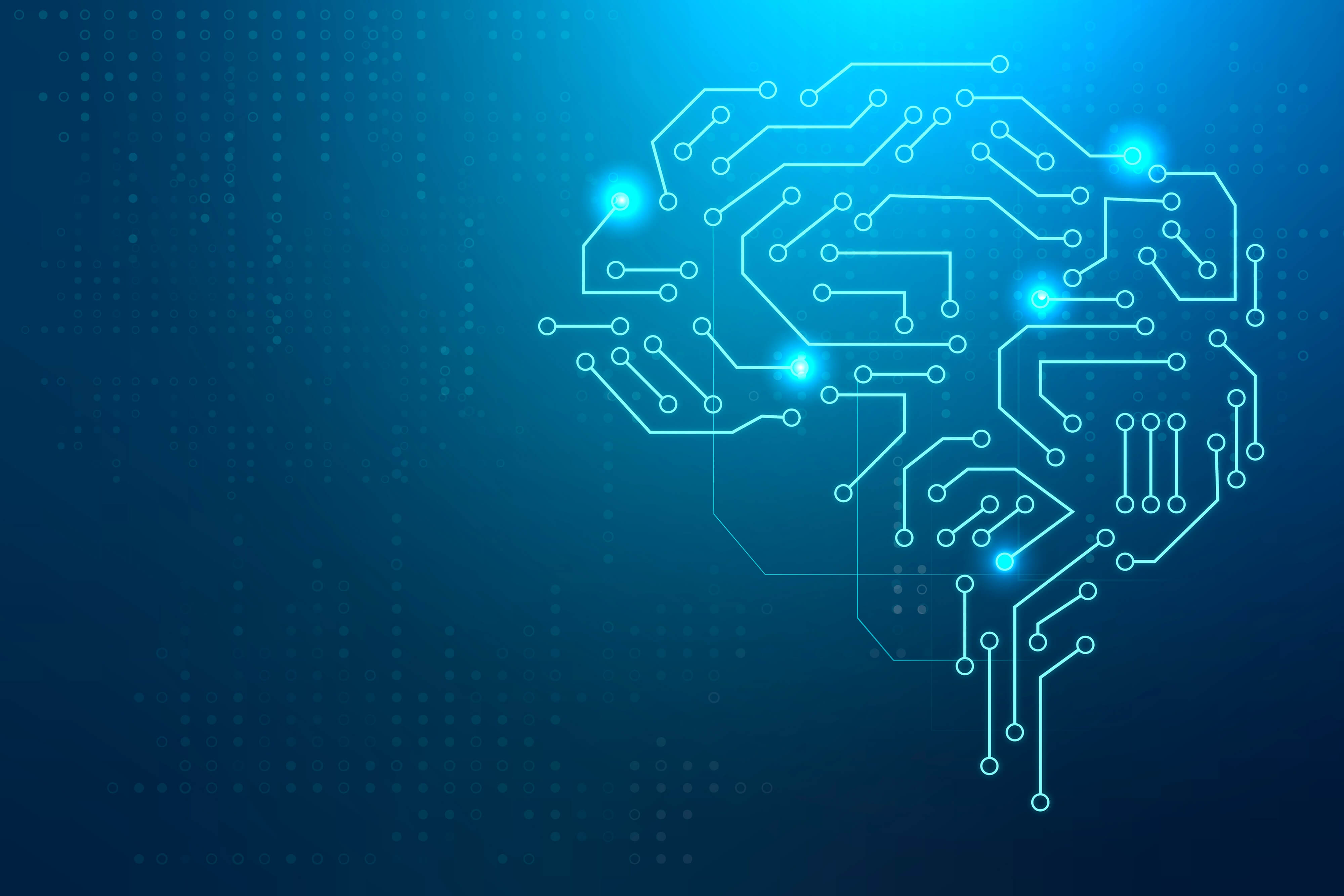Influential Artificial Intelligence Models Beyond ChatGPT
Nov 10, 2023 8477 seen
Artificial Intelligence (AI) has witnessed remarkable advancements in recent years, and the landscape is dotted with many influential models that extend beyond the realms of ChatGPT. This article deeply delves into the rich tapestry of cutting-edge AI models, exploring their applications, impact, and contributions across various domains. The world of AI is a dynamic landscape marked by continual innovation and breakthroughs. While ChatGPT has garnered attention for its conversational abilities, it is essential to recognize the broader spectrum of influential AI models that have shaped and continue to shape the field. From language models like BERT and GPT-3 to transformative architectures in computer vision and speech synthesis, these models collectively represent the evolution of AI towards more versatile, powerful, and impactful systems. As researchers and engineers push the boundaries of what is possible, the future promises even more remarkable developments, further cementing AI's role in shaping how we perceive and interact with technology.
BERT: NLP Revolution
Bidirectional Encoder Representations from Transformers, or BERT, is a milestone in natural language processing (NLP). Developed by Google, BERT introduced a revolutionary pre-training approach by considering the bidirectional context of words. This bidirectional understanding significantly improved the model's ability to comprehend the nuances of language, leading to state-of-the-art performance in tasks such as question answering, sentiment analysis, and text summarization.
BERT's influence extends to its variants, including RoBERTa (Robustly optimized BERT approach) and ALBERT (A Lite BERT). These adaptations fine-tune the original architecture for specific tasks, showcasing the iterative nature of AI model development.
GPT-3: The Power of Generative Language Models
OpenAI's Generative Pre-trained Transformer 3, or GPT-3, has captivated the AI community and the public with its unparalleled language generation capabilities. Boasting a staggering 175 billion parameters, GPT-3 can perform diverse language-related tasks, from translation and summarization to creative writing and code generation. Its versatility has spurred a wave of applications in content creation, chatbots, and even virtual assistance.
GPT-3's underlying transformer architecture has become a blueprint for subsequent language models, reinforcing the transformative impact of large-scale pre-training on natural language understanding.
Transformer Models: T5 and XLNet
Beyond GPT-3, transformer models have become instrumental in reshaping the landscape of deep learning. The Text-to-Text Transfer Transformer (T5) takes a novel approach, treating all NLP tasks as a unified text-to-text problem. This paradigm shift simplifies model training and encourages a more generalized language understanding.
XLNet, another influential transformer model, combines autoregressive and autoencoding techniques. This hybrid architecture addresses challenges faced by purely autoregressive or autoencoding models, showcasing the importance of innovation in model design.
VGG Network: Pioneering Image Classification
The Visual Geometry Group (VGG) Network has left an indelible mark on computer vision. Renowned for its simplicity and effectiveness, VGG introduced a uniform architecture with small convolutional filters. This design choice significantly improved the model's ability to learn hierarchical features, making it a benchmark for image classification tasks.
VGG's impact reverberates through subsequent architectures, influencing the design principles of convolutional neural networks (CNNs) in various computer vision applications.
ResNet: Addressing the Vanishing Gradient Problem
Residual Networks, or ResNet, were conceived to overcome the challenge of vanishing gradients in deep neural networks. With the introduction of residual connections, ResNet allows the direct flow of information across layers, facilitating the training of intense networks. This architecture has become a cornerstone in image recognition tasks, enabling the development of more profound and more powerful models.
The success of ResNet underscores the importance of architectural innovations in overcoming inherent challenges in deep learning.
MobileNet: Optimizing for Edge Devices
Recognizing the increasing demand for AI on mobile and edge devices, Google introduced MobileNet. This lightweight neural network architecture is optimized explicitly for efficiency, making it well-suited for resource-constrained environments. MobileNet has found applications in real-time image processing, object detection, and mobile-based AI solutions.
The proliferation of mobile devices in our daily lives has elevated the significance of models like MobileNet, emphasizing the need for AI solutions tailored to diverse computing environments.
YOLO: Real-time Object Detection
You Only Look Once, or YOLO is a breakthrough in object detection systems. YOLO's distinctive approach involves dividing an image into a grid and predicting bounding boxes and class probabilities for each grid cell in a single pass. This design enables YOLO to process images in real-time, making it a go-to solution for applications requiring rapid and accurate object detection.
YOLO's impact extends beyond computer vision, influencing diverse fields such as robotics, autonomous vehicles, and surveillance systems.
WaveNet: Redefining Speech Synthesis
Developed by DeepMind, WaveNet represents a significant leap in speech synthesis. Unlike traditional methods that rely on concatenative or parametric approaches, WaveNet generates raw audio waveforms directly. This approach results in more natural and expressive speech, showcasing the potential of deep neural networks in transforming audio processing.
WaveNet's contributions extend to applications in virtual assistants, audiobook narration, and voice-based user interfaces, reshaping the way we interact with and consume audio content.
AlphaGo and AlphaZero: Mastering Games with AI
DeepMind's AlphaGo and AlphaZero have demonstrated the extraordinary capabilities of AI in mastering complex games. AlphaGo achieved unprecedented success in the ancient game of Go, defeating human world champions. AlphaZero, a more generalized version, surpassed human-level performance in Go and chess, shogi, and other board games.
AlphaGo and AlphaZero's achievements highlight AI's potential in solving intricate problems and mastering a diverse range of strategic challenges.


